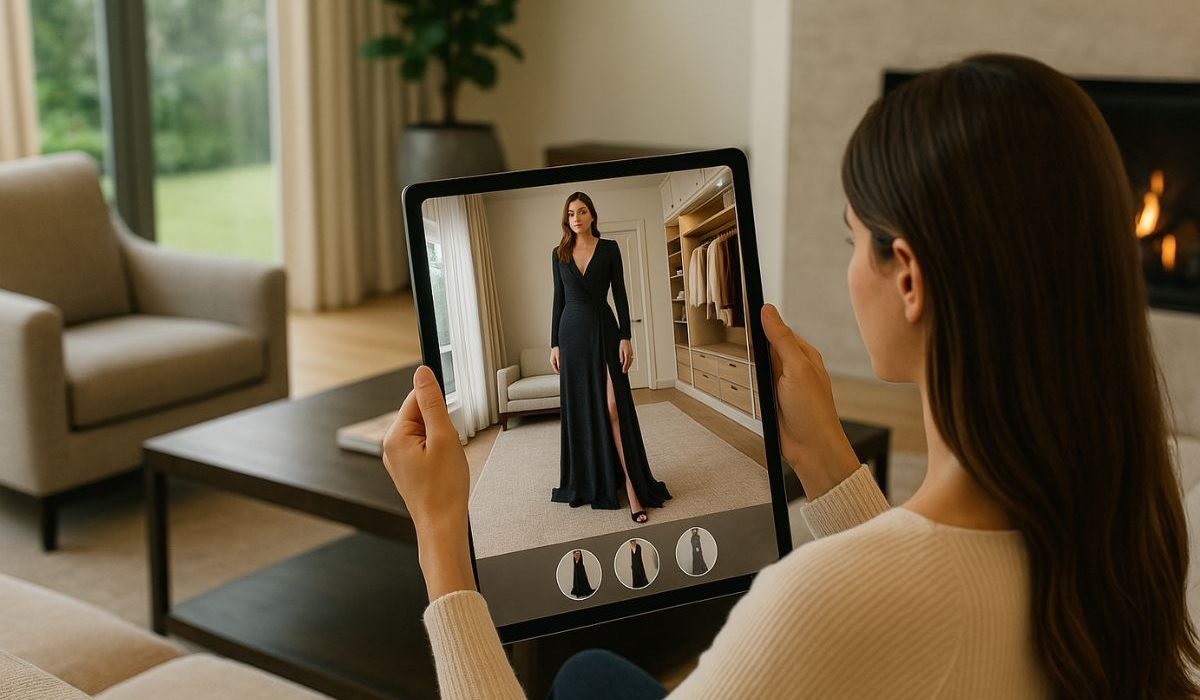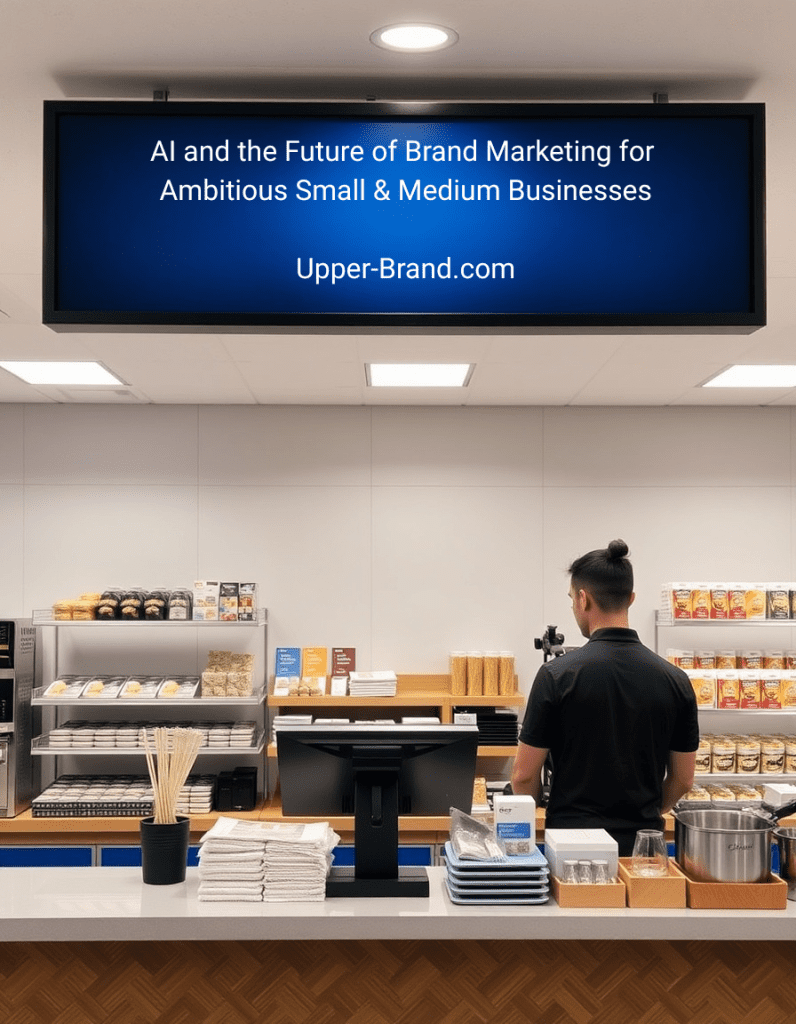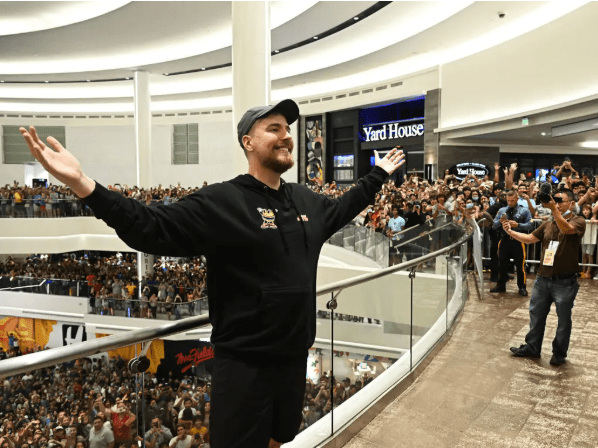Immersive In Home Preview Redefines Luxury Shopping

The Shift Toward Sensory Driven Retail
In the evolving world of luxury retail, the expectation is no longer simply about product quality, it is about experience. The premium customer journey is being reshaped by digital touchpoints that elevate convenience without compromising sophistication. Among the most transformative innovations in this space is immersive in home preview technology. Powered by advanced augmented reality (AR) and refined 3D modeling, this next generation capability is redefining how consumers engage with high end fashion and interior décor.
Today’s discerning clientele no longer wish to be told what a product looks like. They want to see it live, styled, scaled, and spatially aware, within their personal environment. The in home preview is becoming the new showroom, turning luxury discovery into a curated, elegant interaction available at a glance.
A New Standard for Discovery and Elegance
For decades, the luxury sector thrived on exclusivity, tactile experience, and white glove service. But modern affluence is guided just as much by time optimization and hyper personalization. Affluent consumers seek smart, seamless ways to preview, select, and acquire items that reflect their aesthetic preferences and spatial needs.
Immersive preview experiences cater to this desire for intuitive, visually intelligent selection. Whether trying on couture via smart mirror or placing a bespoke chandelier in a dining room with a swipe, the technology behind these previews makes the act of choosing feel effortless and curated.
What once required a showroom appointment or cross city travel can now happen at home, with higher fidelity and greater control. It is not a compromise, it is an elevation.
The Technology: Quietly Sophisticated, Visibly Impactful
At the heart of the immersive preview lies a convergence of digital craftsmanship and machine intelligence. While the interface is designed to feel minimal and graceful, its underlying systems are technically robust.
- Augmented Reality (AR): This layer allows products to be viewed in real time within physical environments. Through a mobile device or headset, couture pieces or handcrafted furniture are displayed with photorealistic accuracy and proper spatial alignment.
- 3D Modeling and Texture Mapping: High resolution renders capture the nuance of silk folds, velvet texture, or brushed metal finishes. These models are crafted with an artistic and technical eye, preserving the emotion of the product.
- Environmental Mapping: AR systems now detect natural lighting, shadows, and object interference, ensuring the preview adapts to the ambiance of the actual room. The effect is a seamless integration of the digital and real, heightening visual authenticity.
- AI Powered Recommendations: Personalization is achieved through algorithms that understand user style preferences, prior behavior, and spatial constraints. The system might suggest complementary art, coordinate palette options, or flag new arrivals tailored to a specific room or wardrobe.
These features are not just additive, they redefine what luxury engagement means in a digital age.
Real Brands, Elevated Experiences
Innovators in fashion and interior design are already turning this vision into reality.
- Charlotte Tilbury’s virtual beauty studio allows clients to apply makeup digitally and receive guided looks based on their skin tone and lighting conditions. It mimics the guidance of an in store artist but amplifies access and personalization.
- Fendi and Balenciaga have embraced virtual fashion try-ons, enabling customers to preview limited release couture against their own figure through smartphone AR. The experience feels exclusive, modern, and culturally tuned.
- Luxury furniture brands such as RH and Roche Bobois offer in home visualization tools where clients can drop an entire room set into their actual space, experimenting with layout, material, and proportions in real time.
This is not convenience for convenience’s sake. It is about deepening engagement by inviting the client into the design process, digitally, elegantly, and on their terms.
The Psychological Edge: Why It Matters in Luxury
In high end retail, emotional resonance is everything. Immersive previews tap into this by collapsing the gap between aspiration and visualization. Seeing a handcrafted garment draped over one’s figure or a rare Italian dining set centered beneath one’s chandelier triggers a deeper sense of alignment.
Clients are not just Browse, they are imagining, styling, and confirming the fit within their world. This interaction fosters a feeling of ownership long before a purchase is made.
Moreover, the ability to toggle between options instantly, to view a velvet armchair in burgundy, then charcoal, then taupe, all within the actual living space, allows for confidence and joy in decision making. It replicates the luxury experience of personalized guidance, without pressure or limitation.
Strategic Implications for Brands
For luxury brands aiming to remain culturally and commercially relevant, immersive previews offer more than a digital gimmick. They serve as an integrated layer in the brand consumer relationship.
Key advantages include:
- Reduced Friction in Consideration: High value purchases often require deliberation. AR try-ons give clients tools to decide more quickly and with less doubt.
- Lower Return Rates: Accurate visual previews translate to fewer disappointments post delivery. Clients get what they expect, no surprises, no dissatisfaction.
- Data Informed Curation: Interactions with the preview environment generate valuable insights into consumer preferences, informing inventory decisions, regional styling strategies, and future product development.
- Sustainability Storytelling: When clients can try without physical shipping, the environmental footprint shrinks. This aligns with the growing demand for sustainable luxury and ethical retail practices.
Looking Ahead: From Feature to Framework
By 2026, immersive previews are expected to be a core layer of the luxury retail journey. What began as a pandemic era necessity is rapidly evolving into a brand defining capability.
The next evolution lies in:
- Mixed Reality Showrooms: Combining physical and digital elements within a curated space. Think walk in boutiques where virtual draping is layered onto real mirrors and furnishings update digitally with a tap.
- Voice Guided Styling AI: Smart assistants that not only suggest outfits but guide the user through digital previews with voice and gesture.
- Ultra Personalized Rooms: Entire digital showrooms modeled after a customer’s actual home, so collections are browsed in a fully mirrored environment.
This is the direction luxury is moving, toward customization without compromise, intimacy without intrusion, and beauty without friction.
Conclusion: A Higher Bar for Beauty
Immersive in home previews are more than digital add-ons. They are setting a new benchmark for how luxury brands connect with clients. Through precise, elegant, and emotionally intelligent design, they bring the boutique experience into the home, not with noise, but with quiet confidence.
As digital and physical retail continue to converge, the brands that succeed will be those that can make technology feel invisible, intuitive, and infused with meaning. In this new era of refined retail, immersion is not just the future, it is the new standard.










